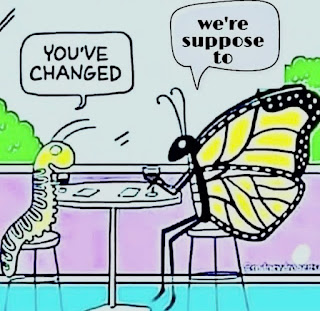Tips For More Effective Meetings
The purpose of most meetings is to discuss current problems and make decisions. However, very often meetings are scheduled unnecessarily. We may have been invited to a meeting and a less time-consuming way to handle the situation could have been used.
We should firs ask ourselves if calling a meeting is the right resolution... if yes, than these are best practices we should observe when planning, scheduling and leading a meeting:
PLANNING:
“An effective meeting is 80% planning, 20% execution. ... Plan better meetings. They don't just happen” – Tim A. Lewis.
- Reserve the needed time for planning the meeting.
- Decide who should participate based on what contribution you expect from the ones who will attend the meeting.
- Decide about the meeting logistics, such as: Location, best time of the day, and how long should the meeting last - Shorter meetings
are more effective for holding participants' focus.
SCHEDULING:
- Invite in advance to make sure needed participants will be available.
- Invite in advance to make sure needed participants will be available.
- Make sure that the meeting notice includes: The OBJECTIVE(S), EXPECTED LEVEL OF PARTICIPATION and DESIRED OUTCOMES of the meeting.
-Communicate the AGENDA with the expected duration and who presents or facilitate each topic.
Make sure that all LOGISTICS details are informed to participants.
LEADING:
- Get started on time, and first of all ...thank participants for their attendance.
- At the beginning of the meeting don't forget to review the meeting's AGENDA; OBJECTIVES; EXPECTED LEVEL OF PARTICIPATION; DESIRED OUTCOMES.
- Ask participants if they have any suggestions for changes in the AGENDA you proposed
- Ask participants about their EXPECTATIONS for the meeting. Capture their
inputs on a flipchart, making them visible during the whole meeting.
-
Define with participants some GROUND RULES for the meeting. Take notes... and come back to them if any deviation happens.
- Keep good track of the AGENDA... sequence of items, duration, breaks... etc.
- Promote contributions from all participants, and recognize their diverse opinions. Make the most of each talent who is attending this meeting!
- Avoid deviations from the meeting's subject, such as side conversations among participants, and any other distraction. Capture on a flipchart important items mentioned, but they are not related to the meeting's objectives. It can be titled - Recycle Bin or Parking Lot.
- Use a flipchart to capture and make visible all ACTIONS planned.
- Promote contributions from all participants, and recognize their diverse opinions. Make the most of each talent who is attending this meeting!
- Avoid deviations from the meeting's subject, such as side conversations among participants, and any other distraction. Capture on a flipchart important items mentioned, but they are not related to the meeting's objectives. It can be titled - Recycle Bin or Parking Lot.
- Use a flipchart to capture and make visible all ACTIONS planned.
Last but not least... before closing the meeting don't forget to:
- Review if the meeting objectives were achieved, and if participants' expectations were fulfilled.
- Review the list of actions planned during the meeting. Make sure they are sent to participants as soon as possible, after the meeting.
- Discuss the next steps:
Should a meeting minutes or communication be sent to other people who have not participated? ...To whom and by when?
Should a complementary or follow-up meeting be scheduled?... By when and who should participate?
What should be done with items listed at the Recycle Bin/Parking Lot?
Should a meeting minutes or communication be sent to other people who have not participated? ...To whom and by when?
Should a complementary or follow-up meeting be scheduled?... By when and who should participate?
What should be done with items listed at the Recycle Bin/Parking Lot?
- Ask participants about their evaluation:
What went well?
What was missed?
What could be done better?
What went well?
What was missed?
What could be done better?
- At the very end of the meeting don't forget to recognize all contributions by saying out loud... THANK YOU!!!













Comments